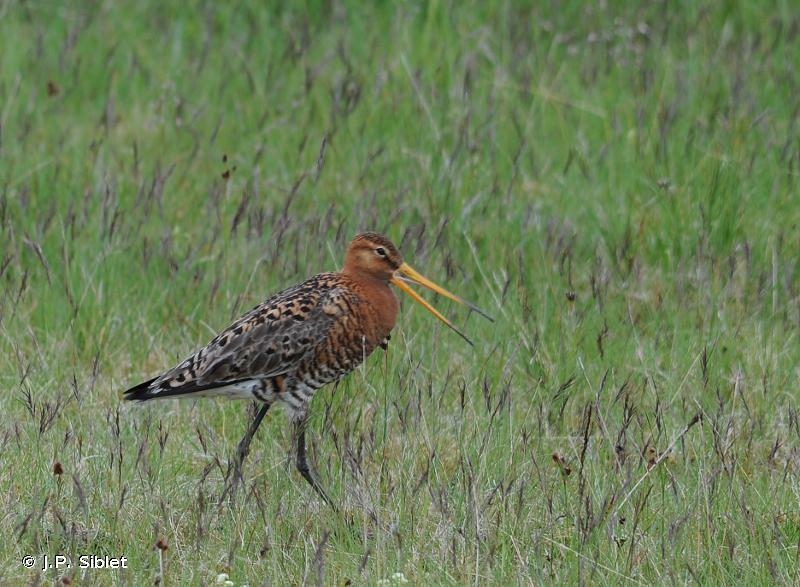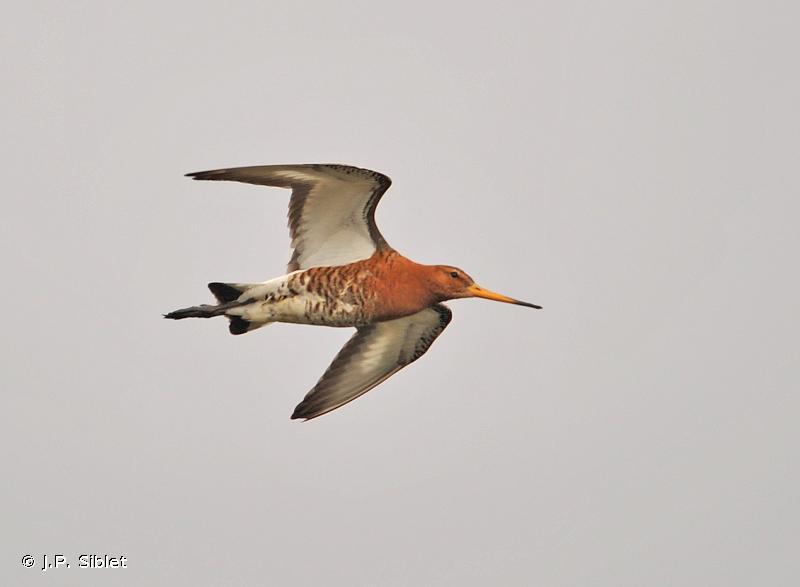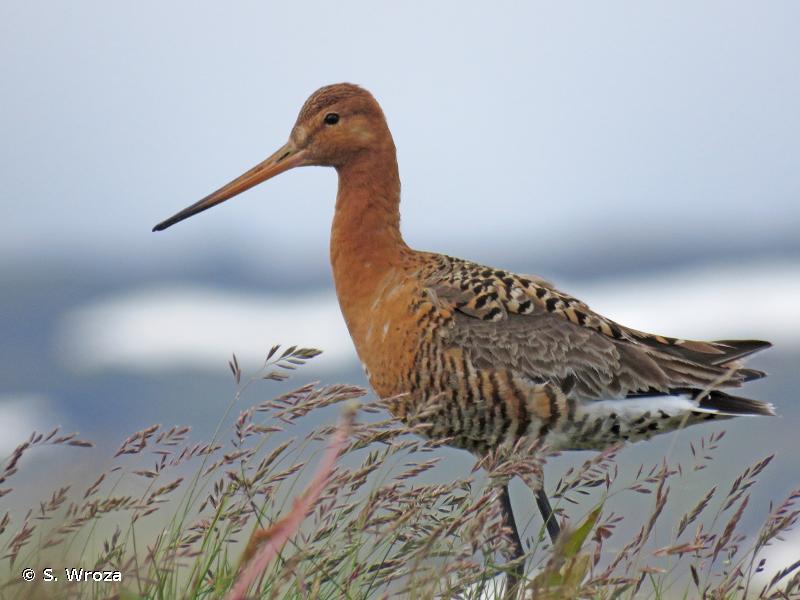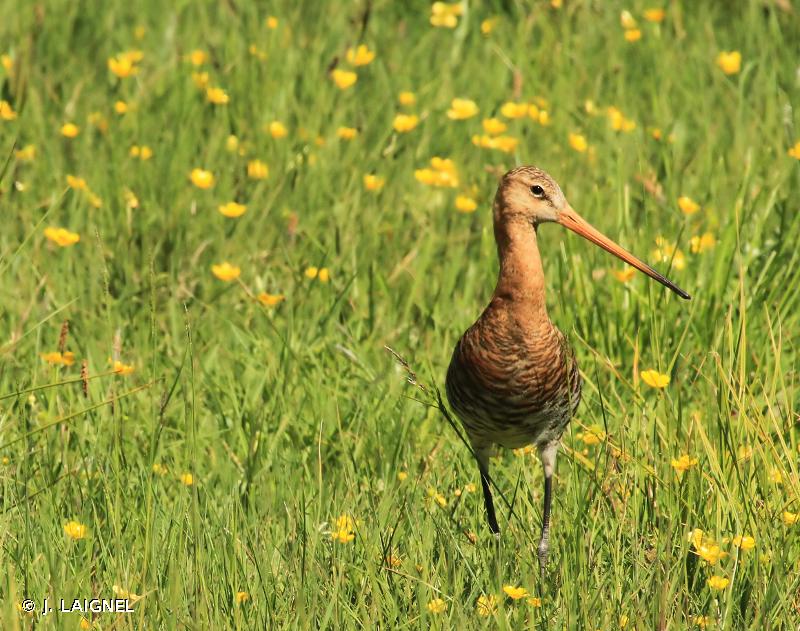
cd_nom

| Author : J.P. Siblet |
 |
To get the picture, please visit:
Jean-Philippe Siblet - Directeur
Muséum national d'Histoire naturelle - Service du Patrimoine Naturel
36 rue Geoffroy Saint-Hilaire
CP 41
75 231 PARIS CEDEX 05
e-mail : siblet@mnhn.fr
Despite the Creative Commons license, please inform the author of the use which will be made of his photo

| Author : J.P. Siblet |
 |
To get the picture, please visit:
Jean-Philippe Siblet - Directeur
Muséum national d'Histoire naturelle - Service du Patrimoine Naturel
36 rue Geoffroy Saint-Hilaire
CP 41
75 231 PARIS CEDEX 05
e-mail : siblet@mnhn.fr
Despite the Creative Commons license, please inform the author of the use which will be made of his photo

| Author : S. Wroza |
 |
Despite the Creative Commons license, please inform the author of the use which will be made of his photo

| Author : S. Wroza |
 |
Despite the Creative Commons license, please inform the author of the use which will be made of his photo

| Author : J. LAIGNEL |
 |
To get the picture, please visit:
Julien Laignel
Chargé demission SNB - SPN/MNHN
4, avenuedu Petit Château
91800BRUNOY
Tel.: 06.10.68.23.36
Mail:julien.laignel@9online.fr
Despite the Creative Commons license, please inform the author of the use which will be made of his photo

| Author : S. Wroza |
 |
Despite the Creative Commons license, please inform the author of the use which will be made of his photo

| Author : S. Wroza |
 |
Despite the Creative Commons license, please inform the author of the use which will be made of his photo

| Author : S. Wroza |
 |
Despite the Creative Commons license, please inform the author of the use which will be made of his photo

| Author : S. Wroza |
 |
Despite the Creative Commons license, please inform the author of the use which will be made of his photo
Taille/poids :
Longueur totale : 40 à 44 cm. Poids : 160 à 390 g.
Diagnose :
La Barge à queue noire est un limicole d'assez grande taille. En plumage nuptial, le cou et les joues sont orangés, la poitrine, de même teinte, est barrée horizontalement de stries foncées. Le ventre et les sous-caudales sont blancs. Le bec est très long, très légèrement incurvé vers le haut. En plumage inter nuptial, le plumage est à dominante grise. La queue est blanche à la base, contrastant avec le noir de sa partie terminale, cela quelle que soit la saison.
Détermination :
Moyennement difficile.
Espèces proches :
La Barge rousse (Limosa lapponica) est un peu plus petite et moins haute sur pattes, son bec est plus court et davantage incurvé vers le haut. En vol, le noir et blanc de la queue et la large bande alaire de la Barge à queue noire la distinguent de la Barge rousse dont la teinte générale est plus uniforme et dont le croupion blanc remonte en pointe sur le dos.
Période d'observation :
Toute l'année (populations différentes).
Biologie-éthologie :
La Barge à queue noire se nourrit d'invertébrés : lombrics, insectes, mollusques, vers néréides, petits crustacés et arachnides. Divers végétaux, le plus souvent sous forme de graines, entrent aussi dans son régime alimentaire.
Biogéographie et écologie :
La Barge à queue noire est une espèce paléarctique. On en distingue trois sous-espèces dont deux concernent la France : L. l. islandica niche en Islande dans les bas-marais et les landes marécageuses ; elle hiverne notamment en Grande-Bretagne et en France, privilégiant les vasières littorales et les estuaires. L. l. limosa niche dans les prairies humides pâturées ou fauchées depuis les Iles Britanniques et la France jusqu'à l'ouest de la Sibérie ; elle hiverne marginalement dans le sud de l'Europe, et principalement en Afrique subsaharienne.
Compilé par J. Comolet-Tirman à partir des Cahiers d’habitats.(UMS 2006 Patrimoine Naturel (AFB / CNRS / MNHN)),2017
Continental
Metropolitan France
Overseas
Marine
Metropolitan France
Overseas
The map presents a summary at the 10 x 10 km grid of the observation data for the species transmitted to the SINP. These data have been subjected to validation filters.
The map presents a reference distribution layer of the species at the scale of departments and marine sectors. The presence and absence data were established by expertise within a network of partners. This reference distribution is used in the validation process of the SINP data at the INPN level.
Corresponds to a report on the basis of at least one observation proved within a period of 10 years (20 years for little-known invertebrates) preceding the year and no presumption of extinction since obtaining the last data nor doubt on reproductive and implemented nature of this population. For migratory species, the presence indicated concerns areas of reproduction.
This status is based on one or more of the following criteria:
This point covers the absence, more difficult by nature to demonstrate than presence. This status is based on one or more of the following criteria:
This status must be assigned to a department in which the presence of the species is casual.
Particular case of absence due to a proven extinction less than a half century ago (older disappearances are treated as "no probable or definite").
In the state of knowledge, we can not comment on the presence or absence in the current department. This is the default status when not comprised in one of the previous categories or whenever there is doubt.
The map shows the global distribution of the species based on GBIF data (Global Biodiversity Information Facility).
